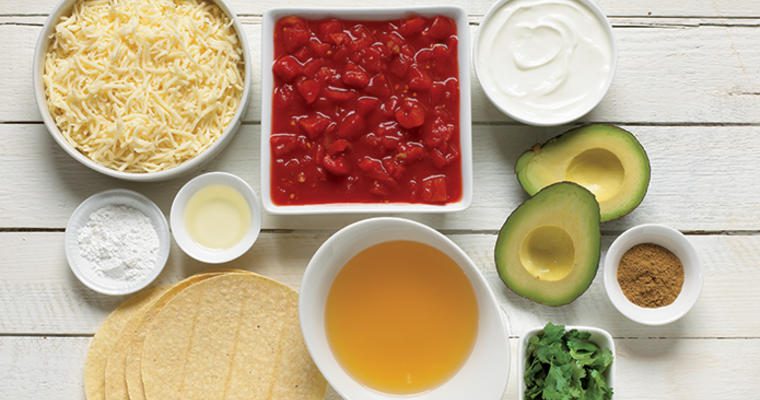Q: What makes a food product ‘clean label’ and what is this trend doing to our global food industry?
A: You have likely already heard of the term ‘clean label’, the latest marketing buzzwords in the food industry. But what does this mean? Are ‘clean label’ foods better for us? Are the actual foods changing, or just the labels?
Consumers are increasingly demanding transparency about exactly what is — and what is not — in the packaged foods that they are eating. More and more they are paying attention to the marketing claims and ingredient lists on packaged foods. Consumers are looking for foods that don’t contain ingredients that they perceive to be ‘bad’ for them, like unknown ingredients that many struggle to pronounce due to their scientific-sounding names. What our customers do want from processed foods is that they are as close to ‘real’, ‘healthy’ foods as possible.
This has led to the marketing term ‘clean label’, which refers mainly to non-scientific, plain language on packaging, reduced allergens and additives, and fewer, more recognizable ingredients. Some companies may also go further to communicate their ethically sourced, organic, or non-GMO ingredients as part of this trend. Clean label is not about consumers eating less packaged foods, but about a desire to have these same packaged foods made with more ‘wholesome’ ingredients that are closer to their natural state.
Because ‘clean label’ is not a government regulated term, there are a few different angles that companies are taking to satisfy these consumer demands. The two more common methods are to have ‘free-from’ statements and shorter ingredient lists. ‘Free-from’ statements can include ‘trans fat free’, ‘gluten free,’ or ‘no artificial colors, flavors or preservatives’. Shorter ingredient lists are achieved by reformulating products to make them closer to a ‘homemade’ style.
Another big change in processed food products is that companies are exchanging current ingredients that have scientific-sounding names with more recognizable naturally derived ingredients. For example there has been a large demand in the past few years for food sweeteners, colorings and flavorings to be sourced from natural ingredients, rather than being artificially made. In response to this demand, some packaged foods are now being made with dyes such as beets, turmeric, and paprika; sweeteners such as maple syrup and stevia; and flavors such as natural vanilla flavor instead of artificial vanilla flavor. Even ‘unnatural’ food categories, such as soft drinks can take a clean label approach if they were made from natural sweeteners and colors. By taking the approach of using recognized foods for color, flavor and sweetness, these can be considered ingredients rather than additives, thus providing a ‘clean label’.
Countries all over the world have been successfully investing in research to source natural ingredients to replace some synthetic ingredients that have been used in packaged foods for years. You may have noticed some big name brands have already used this research to reformulate their most popular products, such as natural food colors in a well-known macaroni & cheese product.
We can help
Information on the Gordon Food Service Clear Choice Program and the products offered can be found at gfs.com/clearchoice. You are able to identify items with the attributes your customers may be seeking during ordering by applying filters.
Contact your Sales Representative for more information.




























